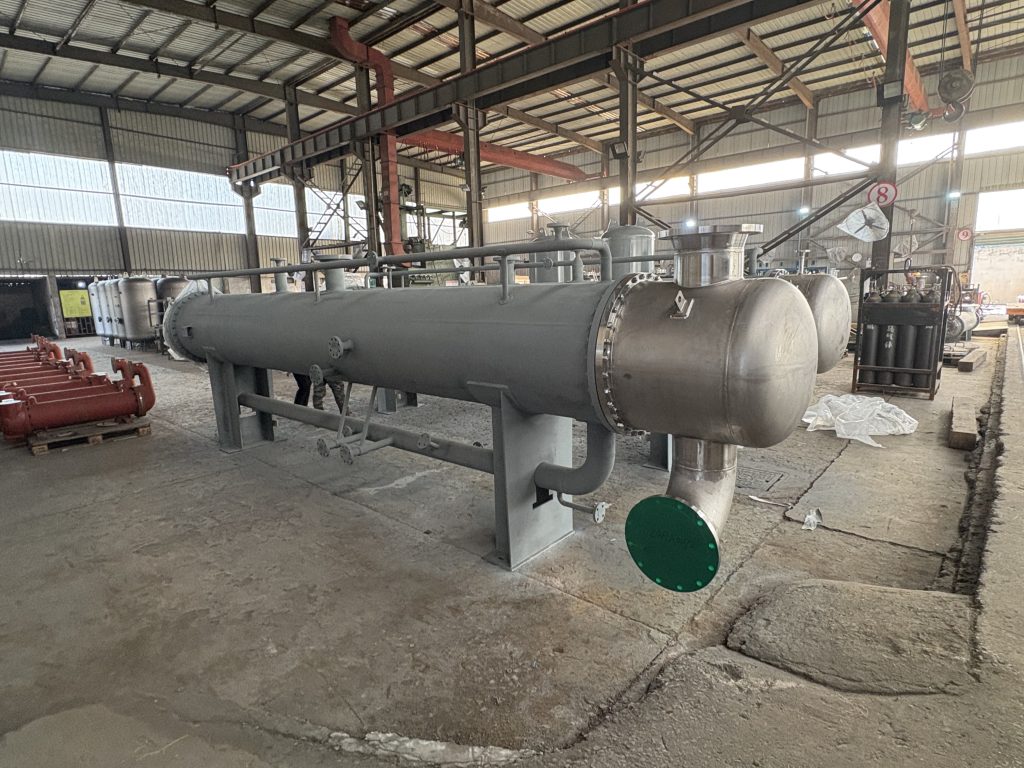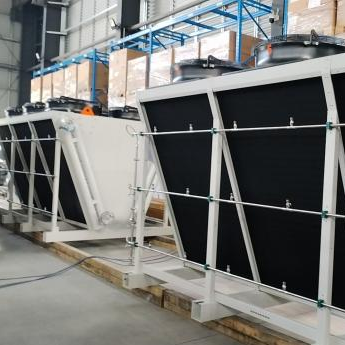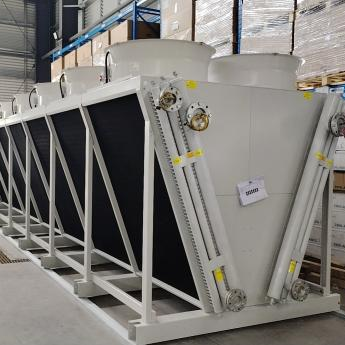This comprehensive guide explores double pipe heat exchangers, covering their design, applications, advantages, disadvantages, and selection criteria. Learn how to choose the right double pipe heat exchanger for your specific needs, ensuring optimal heat transfer efficiency and cost-effectiveness.
What are Double Pipe Heat Exchangers?
A double pipe heat exchanger is a type of heat exchanger consisting of two concentric pipes. The fluid to be heated or cooled flows through the inner pipe, while the heating or cooling medium flows through the annular space between the inner and outer pipes. This simple yet effective design makes them suitable for various applications. The heat transfer occurs through the pipe wall, relying on conduction and convection. Different configurations, such as counter-current and parallel-current flow, influence their efficiency.

Types of Double Pipe Heat Exchangers
Counter-current Flow
In a counter-current double pipe heat exchanger, the two fluids flow in opposite directions. This configuration allows for maximum temperature difference between the fluids, leading to higher heat transfer efficiency. This is generally the preferred design for its enhanced performance.
Parallel-current Flow
With parallel flow, the fluids move in the same direction. While simpler in design, it results in a smaller temperature difference between the fluids and lower overall heat transfer efficiency compared to counter-current flow. It is typically used in applications where a smaller temperature difference is acceptable.
Applications of Double Pipe Heat Exchangers
Double pipe heat exchangers find application in a wide range of industries, including:
- Chemical processing
- Petroleum refining
- Food and beverage processing
- Pharmaceutical manufacturing
- HVAC systems
Their compact size and ease of maintenance make them ideal for various processes requiring heat transfer. Specific applications often require customized designs and materials to withstand extreme temperatures or pressures. For instance, in high-temperature applications, materials like stainless steel are commonly employed.
Advantages and Disadvantages of Double Pipe Heat Exchangers
| Advantages |
Disadvantages |
| Simple design and construction |
Relatively low heat transfer area for a given size |
| Easy to clean and maintain |
Not suitable for high-pressure applications (unless specially designed) |
| Relatively low cost compared to other heat exchangers |
Limited flexibility in terms of configuration |
| Suitable for a wide range of fluids and temperatures |
Can be bulky for large heat transfer requirements |
Selecting the Right Double Pipe Heat Exchanger
Choosing the optimal double pipe heat exchanger requires considering several factors:
- Fluid properties (viscosity, density, specific heat)
- Flow rates
- Temperature differences
- Pressure drops
- Material compatibility
- Cost considerations
Consulting with experienced engineers is highly recommended to ensure the selection of a suitable double pipe heat exchanger for your specific application. For more information on high-quality heat exchangers, explore the offerings of Shanghai SHENGLIN M&E Technology Co.,Ltd.

Conclusion
Double pipe heat exchangers, while seemingly simple, offer a practical and efficient solution for various heat transfer applications. Understanding their design, advantages, and limitations allows for informed selection, maximizing efficiency and minimizing costs. Remember to consider all relevant factors when choosing a heat exchanger for your project.
Data on specific heat exchanger designs and applications can be sourced from various engineering handbooks and manufacturer specifications.
















